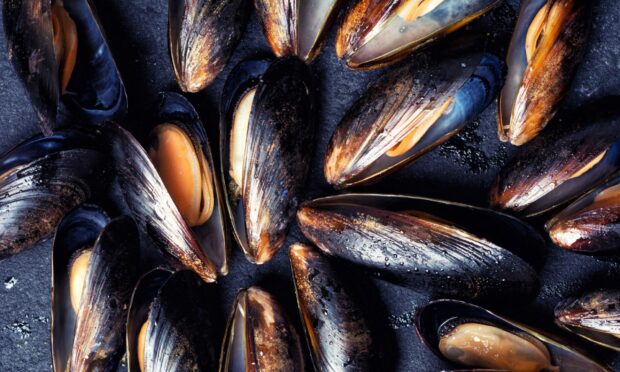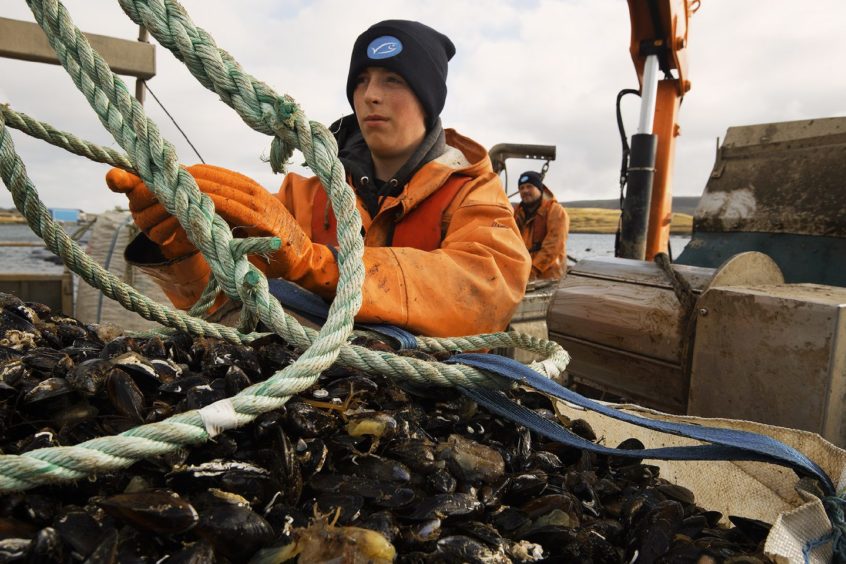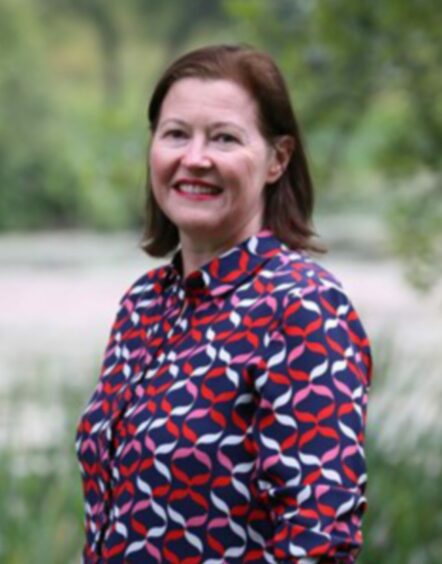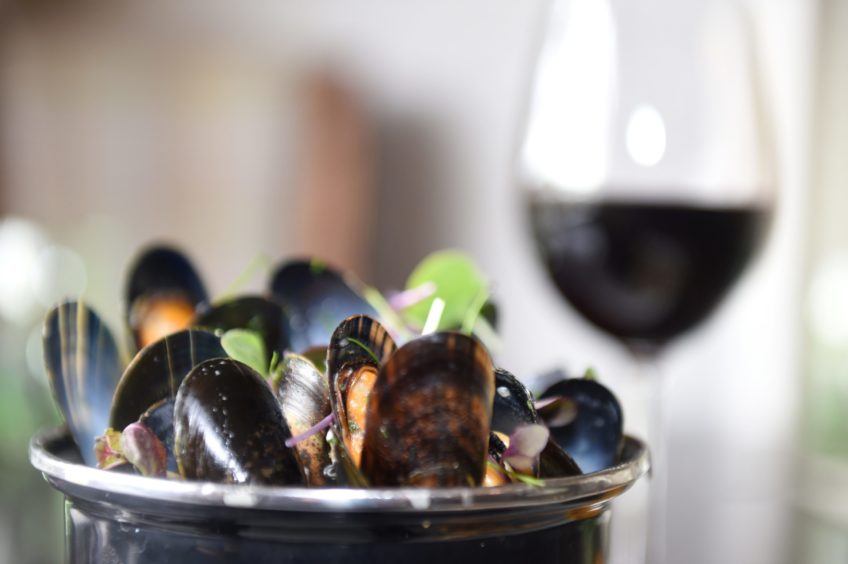Broken mussel shells are a major problem for the Scottish aquaculture industry, so a project has been launched to find out the main causes.
The Sustainable Aquaculture Innovation Centre (SAIC) and partners will look at a range of possible factors, including water salinity and whether breakage is more likely in certain types of mussel.
Once we have determined the variables, we can start to develop remedies.
“From there, we can protect jobs, create new products and develop a more efficient and sustainable sector.”
Stefano Carboni, Institute of Aquaculture
Shell breakage causes mussels to be unusable and is estimated to cost the sector in Scotland around 2% of its average annual output, as well as associated costs.
In extreme cases, it can prevent farmers from harvesting or cause sites to completely shut down.
The academia/industry research consortium hoping to find the answer includes SAIC, Stirling University’s Institute of Aquaculture (IoA), Fassfern Mussels, the Scottish Shellfish Marketing Group, The Fishmongers’ Company and Association of Scottish Shellfish Growers (ASSG).
SAIC chief executive Heather Jones said: “The mussel sector is a growing part of Scotland’s aquaculture landscape, providing sustainable jobs in rural and remote communities.
“Shell breakage is among the biggest challenges to its growth and tools that can better inform how the sector grows mussels, selects sites and undertakes harvesting will be invaluable in supporting development.”
Ms Jones added the project was a “great example” of how organisations with a common interest in shellfish can collaborate to develop new technologies and methods that may “make a real difference to the sector”.
Trials will take place at two Scottish sites, aimed at determining whether shell strength is related to mussels’ genetics; environmental conditions or the harvesting process itself.
Salinity, for example, can affect the mineral properties of water and in cases where it is too low may compromise shell strength.
Certain species of mussels and hybrids, specifically bay mussels (mytilus trossulus), are also suspected to have weaker shells.
The research team will combine cutting-edge molecular tools and sophisticated testing techniques during the project.
Depending on the results of the initial phase of the study, the innovative project could lead to the development of a tool that will assess juvenile mussels for shell strength, a location screening system for mussel farms and/or a new process for harvesting.
IoA aquaculture expert Stefano Carboni said: “Whatever the causes, we can help farmers avoid growing mussels for years only to realise there is a problem at the last moment.
A short history of Scottish mussels
“Once we have determined the variables, we can start to develop remedies – that might be screening for salinity conditions or a tool that predicts the percentage of mussels that will develop broken shells.
“From there, we can protect jobs, create new products and develop a more efficient and sustainable sector.”
ASSG chief executive Nick Lake said: “The wild blue mussel is a valuable natural resource within Scotland which in recent years has supported the development of a dedicated cultivation industry.
Fundamental questions
“While around 8,000 tonnes are currently cultivated, plans are in place to increase this to around 20,000 tonnes, creating significant additional employment.
“To ensure we have a sustainable basis upon which to develop, there is a requirement to understand the detailed biology of the natural populations and environmental conditions allowing the shellfish to thrive.
“We hope to rapidly unlock the answers to some of the fundamental questions regarding the selection of natural blue mussel stocks which are optimal for cultivation in Scotland.”
Shetland mussel firm creates jobs as it weighs up new markets
Scottish aquaculture project aims to keep parasite-eating fish – and salmon farmers – happy













